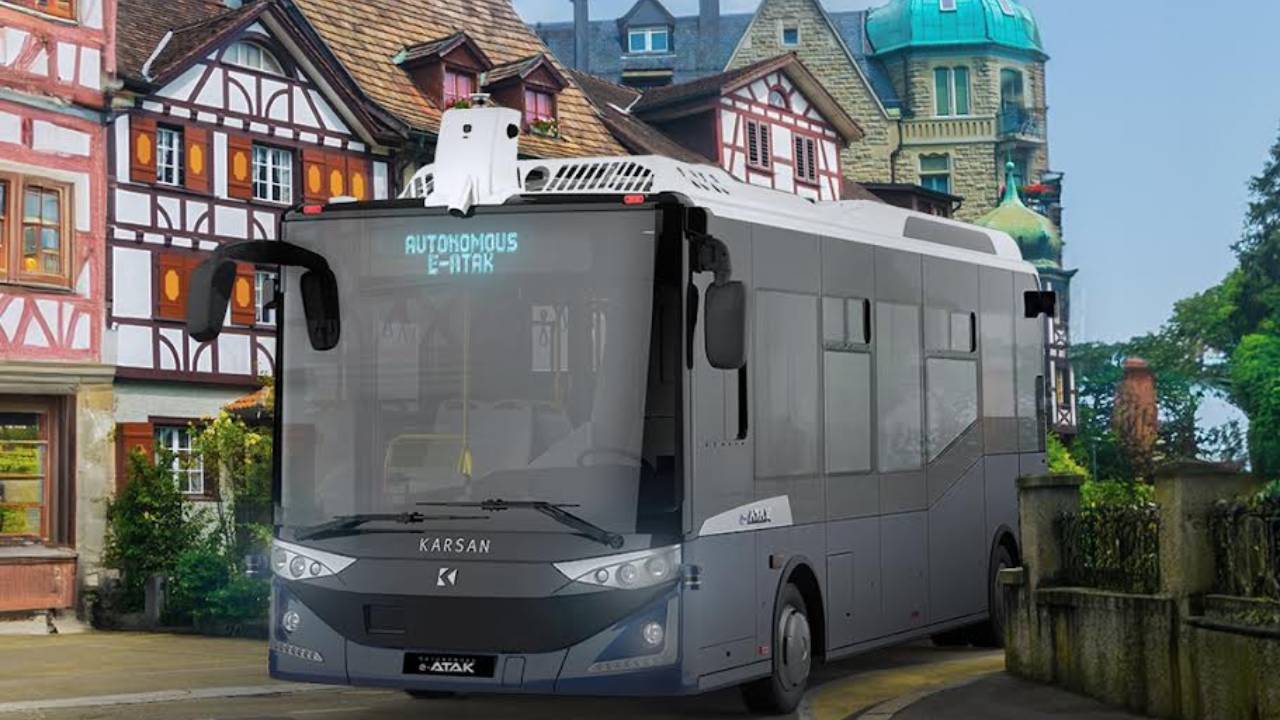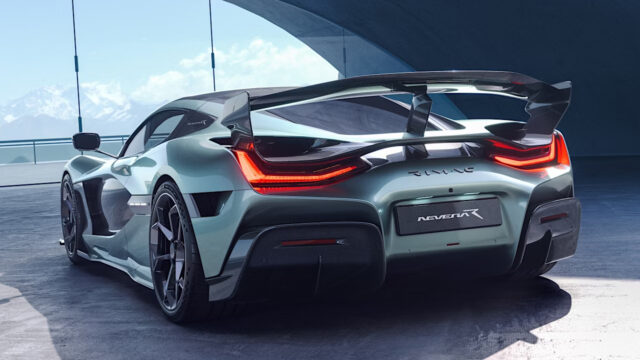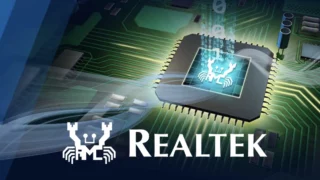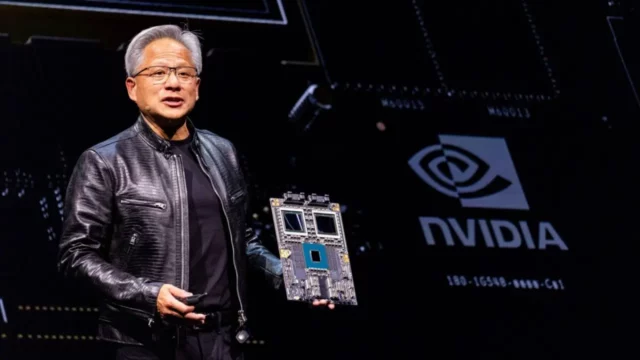Karsan is making strides in electric and autonomous public transportation with its Autonomous e-ATAK model, launching it in Arbon, Switzerland. This marks Switzerland’s first driverless bus and makes it the 8th country to deploy the e-ATAK.
Karsan e-ATAK in Switzerland
Developed in collaboration with ADASTEC, the Autonomous e-ATAK is the world’s first Level-4 autonomous vehicle designed for a planned route. It will operate on a 2.2-kilometer route between Arbon’s historic city center and the Saurer Werk 2 area, traveling at a speed of 30 km/h and stopping at 8 stations.
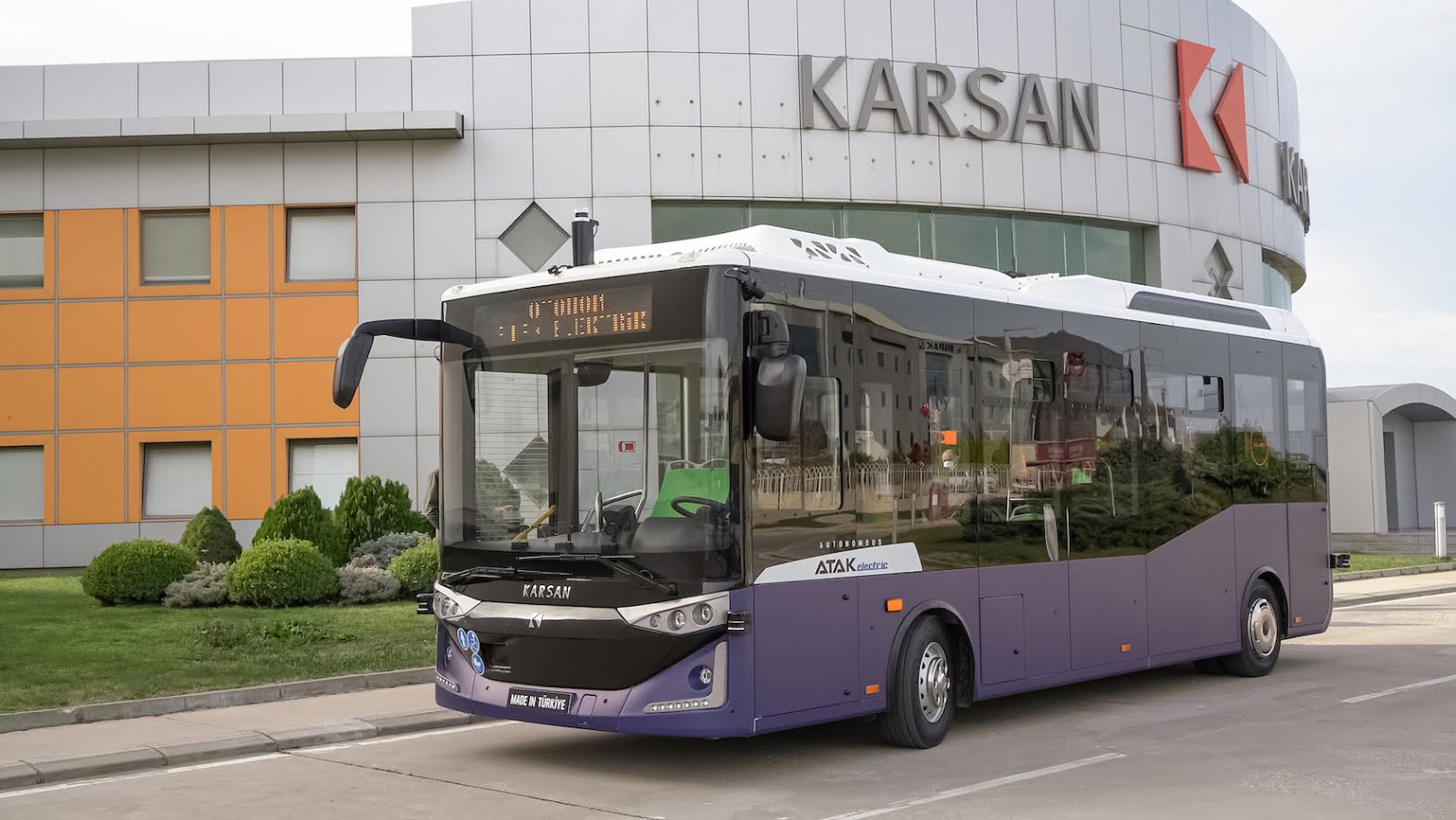
Karsan CEO Okan Baş emphasized the e-ATAK’s compact design, which fits well with Switzerland’s narrow streets, offering a comfortable and eco-friendly autonomous travel experience without disrupting the historic urban fabric. Karsan aims to strengthen its presence in the Swiss market further with the delivery of 23 electric vehicles to one of the country’s largest operators in August and September.
ADASTEC CEO Dr. Ali Peker highlighted the success of their collaboration with Karsan, noting that their projects in Stavanger and Michigan State University are significant steps towards automating public transport and advancing toward a smarter, more sustainable future.
The Autonomous e-ATAK has previously accumulated 80,000 kilometers of autonomous driving experience across seven locations, including the U.S., Norway, and Finland, transporting over 30,000 passengers. Karsan is also set to make history with autonomous airport transfers in Rotterdam by the end of 2024.
The project in Switzerland is part of TGA’s SCCL (Self Controlled City Liner) initiative and is scheduled for delivery in December, with passenger service starting in January 2025 with Eurobus Ostschweiz AG.
The e-ATAK is equipped with innovative technologies such as multiple LiDAR sensors, advanced radar technology, and RGB cameras for high-resolution image processing. As a Level-4 autonomous vehicle, it can operate driverlessly on a planned route, handling all tasks like stopping at stations, managing boarding and alighting, and navigating intersections and traffic lights autonomously, both day and night, in all weather conditions.


